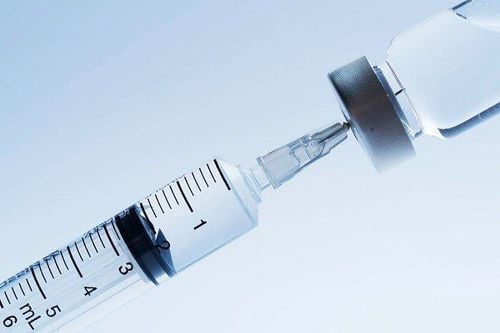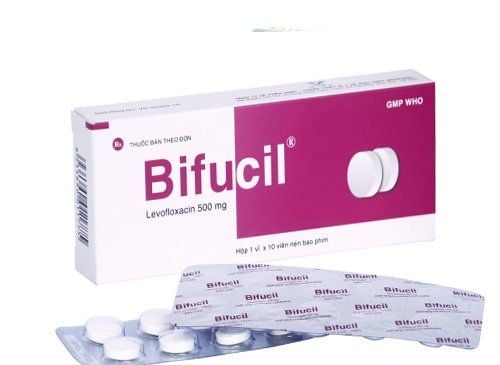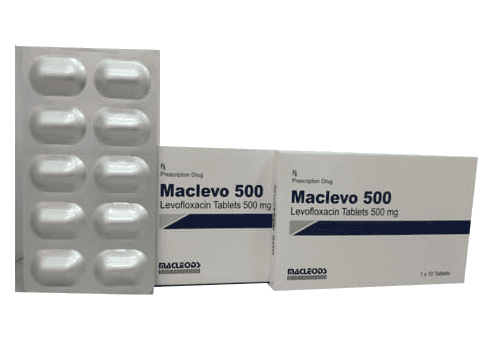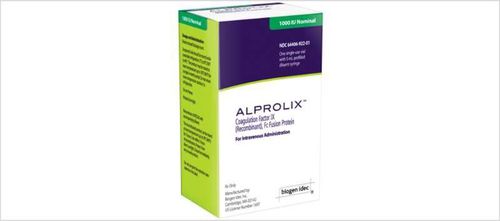This is an automatically translated article.
Anthrasil belongs to the group of drugs for the treatment and prevention of inhalation anthrax for both children and adults. Anthrasil is used by intravenous infusion, patients need to be closely monitored by a specialist throughout the process of receiving the drug in order to prevent and treat adverse events early.
1. What is Anthrasil?
Anthrasil drug, generic name anthrax immune globulin, is used in combination with antibiotics to treat and prevent respiratory anthrax in children and adults, which occurs when the body has an immune system. least. The drug is derived from human plasma, immunized with BioThrax, then further purified.
Anthrasil is a slow intravenous (IV) infusion containing polyclonal antibodies that bind to PA (the protective antigenic component of the lethal and edematous Bacillus anthracis toxin). Binding of PA to polyclonal antibodies helps to prevent the entry and attack of toxic factors mediated by PA.
Currently, Anthrasil is used in combination with appropriate antibiotic therapy, because human immunoglobulins do not have direct antibacterial activity against anthrax bacteria, and may even continue to grow and develop. produce anthrax toxins in the body. Anthrasil should only be used under the supervision of a specialist.
2. Indications and uses of Anthrasil
Anthrasil (anthrax immune globulin) is indicated for use mainly in the treatment and prevention of inhalation anthrax in both children and adults. Anthrasil is often combined with other suitable antibacterial drugs by doctors to increase effectiveness. According to research, anthrax polymorphonuclear immunoglobulin acts as a passive immune factor, capable of binding to protective antigen (PA) to neutralize anthrax toxin, preventing the entry of pathogens. cause death and edema.
3. Dosage and usage of Anthrasil
Anthrasil is prepared in the form of a solution for intravenous infusion, used according to the dose and frequency based on the doctor's prescription, specifically:
Anthrasil dosage and rate of intravenous infusion
Adults ≥ 17 years old : Administer 7 vials of Anthrasil, start infusion rate 0.5 mL/min (for first 30 min), infusion rate gradually increased if tolerated 1 mL/min (30 min once), maximum infusion rate is 2 mL/min. Pediatric patients < 1 year - 16 years: Administer 1 to 7 vials based on patient's weight, start infusion rate 0.01 mL/kg/min (first 30 minutes), increase infusion rate if tolerated 0 0.02 mL/kg/min (30 min/time), maximum infusion rate is 0.04 mL/kg/min. Anthrasil dosage based on weight:
Patients < 5 kg: Take 1 vial/dose. Patients < 10 kg: Use 1 vial/dose. Patients from 10 to < 18 kg: Use 2 vials/dose. Patients 18 to < 25 kg: Use 3 vials/dose. Patients from 25 to < 35 kg: Use 4 vials/dose. Patients from 35 to < 50 kg: Use 5 vials/dose. Patients from 50 to < 60 kg: Use 6 vials/dose. Patients ≥ 60 kg: Use 7 vials/dose. The starting dose of Anthrasil intravenous infusion for the treatment of inhalation anthrax in adults in combination with appropriate antibiotic therapy is 7 vials, equivalent to 420 units. Anthrasil starting dose of 14 vials, equivalent to 840 units, may be considered for patients, depending on their clinical condition.
In addition, based on severity of symptoms and response to therapy, consider starting Anthrasil 14 vials and repeating the dose, especially in patients with bleeding or fluid loss due to aspiration therapy. repeated treatment of thorax or laparoscopy. To determine the interval between repeated doses of Anthrasil, the physician will assess the ongoing fluid and blood loss as well as the patient's clinical condition.
4. Some side effects of the drug Anthrasil
Anthrasil infusion can cause some of the following side effects in patients:
Agitation, back / leg / stomach pain. Coma, chills, blurred vision, bleeding gums. Cough, confusion, dark urine, or decreased urine output. Difficulty swallowing, shortness of breath, depression, dizziness, fainting, or lightheadedness. Headache, fever, hoarseness, irritability, swelling of the whole body. Skin redness, rash, edema of tongue, throat, eyelids,... Pharyngitis, stiff neck/back, convulsions, nausea, vomiting. Pain in chest, legs, groin, calves. Slow/irregular breathing, sudden loss of coordination. Sweating, yellowing of the skin/eyes, unusual tiredness and weakness. The side effects mentioned above are not exhaustive list, patients may experience other unwanted symptoms while being treated with Anthrasil anthrax. When you notice any unusual signs, immediately notify your doctor for appropriate treatment.
5. Important notes when using Anthrasil
5.1 Who should be careful when using Anthrasil infusion? The following are patients who need to be very careful when treating inhalation anthrax with Anthrasil, specifically:
People with blood clotting problems. People with a history of allergy to IgA (human immunoglobulin). Avoid injecting Anthrasil to people with IgA deficiency with antibodies against IgA. People with diabetes, a heart attack or a recent stroke. People with blood vessel problems or heart disease. People with high blood viscosity (thick blood). People with kidney disease or Paraproteinemia. Patients with sepsis should use Anthrasil with caution, because of the potential for dangerous side effects. 5.2 Things to note when taking Anthrasil During the use of Anthrasil, patients should note the following:
Perform a urine test or blood test to check for adverse drug effects. caused by Anthrasil. Anthrasil infusion can lead to a serious allergic reaction, the most dangerous of which is anaphylaxis, which is potentially life-threatening and should be treated immediately. Persons with IgA deficiency and certain anti-IgA antibodies, with a history of hypersensitivity to human immunoglobulin products should not receive Anthrasil infusion. Medicines that contain maltose are prone to cause changes in blood sugar levels, so this change may be noticed by patients with a urinalysis or blood sugar measurement. Anthrasil may promote blood clot formation, which is particularly high risk in patients with blood clotting problems, cardiovascular disease, obesity, taking estrogen-containing medications, or prolonged bed rest, due to medical conditions. or surgery. Patients should tell their doctor right away if they suddenly experience shortness of breath, leg pain, chest pain, severe headache, problems with vision, walking, or speech. Tell your doctor if Anthrasil shows signs of red or dark brown urine color, side/back pain, sudden weight gain, unusual swelling of legs/hands/face, decreased urine output. or have problems urinating. These symptoms could be warning of a serious problem with kidney function. Anthrasil injection can cause chills, fever, headache, flushing, nausea, and vomiting. Anthrasil may also cause bleeding or hemolytic anemia. Tell your doctor right away if you have signs of back/abdominal pain, decreased urination, dark urine, fatigue, trouble breathing, increased heart rate, yellowing of the skin/eyes after the infusion. Tell your doctor early if you notice symptoms such as drowsiness, stiff neck, severe headache, fever, nausea, pain with eye movements, or sensitivity to light. These signs may be warning signs of aseptic meningitis (AMS), which needs to be treated early. Anthrasil infusion may cause blue fingernails/lips, pale skin, cough (sometimes with sputum and pink foam), increased sweating, swelling of the feet/ankles, difficulty breathing. These could be symptoms related to a serious lung problem after taking Anthrasil. Anthrasil is made from donor blood, which may contain certain viruses and be passed on to the recipient. However, the risk of transmission is very low, as both donor and recipient blood are tested for the virus prior to application. People receiving anthrax immune globulin should not receive the live vaccine for 3 months without prior approval from their doctor. 5.3 Interactions of Anthrasil When using Anthrasil in combination with some other drugs, it may change the mechanism of action or increase the degree of side effects that the drug brings. According to research, drugs that may interact with Anthrasil include:
Estrone. Ethinylestradiol. Estriol. Estrone sulfate. Mestranol. Dienestrol. Estradiol . Conjugated estrogens. Chlorotrianisene. Diethylstilbestrol. In addition to the above drugs, some other pharmaceuticals, vitamins, and herbal products can interact with Anthrasil at the same time. Therefore, before infusion of Anthrasil for inhalation anthrax, patients need to inform their doctor about any drugs or supplements they are taking to prevent the risk of interactions.
Anthrasil belongs to the group of drugs for the treatment and prevention of inhalation anthrax for both children and adults. Anthrasil is used by intravenous infusion, patients should be closely monitored by a specialist.
Follow Vinmec International General Hospital website to get more health, nutrition and beauty information to protect the health of yourself and your loved ones in your family.
Please dial HOTLINE for more information or register for an appointment HERE. Download MyVinmec app to make appointments faster and to manage your bookings easily.
Reference source: drugs.com












